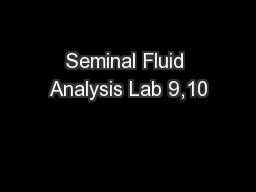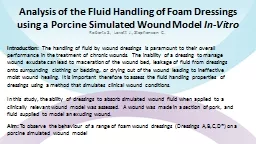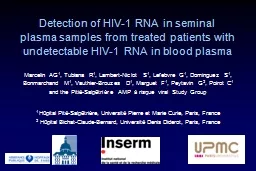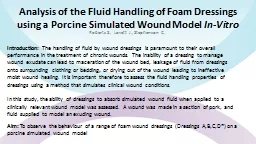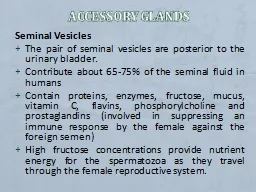PPT-Seminal Fluid Analysis Lab 9,10
Author : luanne-stotts | Published Date : 2018-02-25
Introduction Semen analysis measures the amount of semen a man produces and determines the number amp quality of sperms A semen analysis is usually one of the first
Presentation Embed Code
Download Presentation
Download Presentation The PPT/PDF document "Seminal Fluid Analysis Lab 9,10" is the property of its rightful owner. Permission is granted to download and print the materials on this website for personal, non-commercial use only, and to display it on your personal computer provided you do not modify the materials and that you retain all copyright notices contained in the materials. By downloading content from our website, you accept the terms of this agreement.
Seminal Fluid Analysis Lab 9,10: Transcript
Download Rules Of Document
"Seminal Fluid Analysis Lab 9,10"The content belongs to its owner. You may download and print it for personal use, without modification, and keep all copyright notices. By downloading, you agree to these terms.
Related Documents

